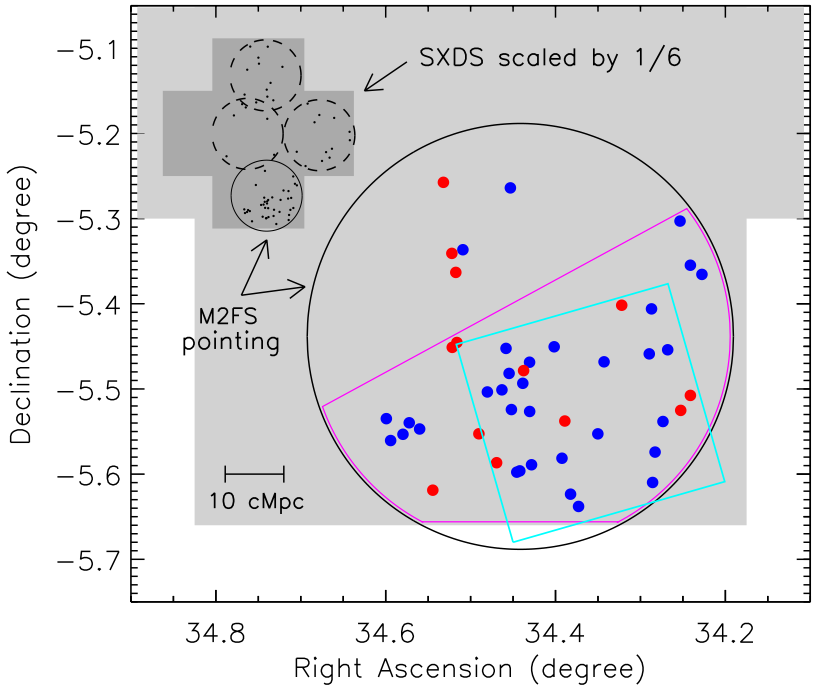Figure 1: An artist’s conception of a giant protocluster of galaxies in the distant Universe.
Galaxy clusters trace the largest structures of the Universe and provide ideal laboratories for studying galaxy evolution and cosmology. Protoclusters of galaxies are the progenitors of galaxy clusters. They are a powerful tool for understanding cosmic structure formation in the early Universe. It is, however, very challenging to find the largest protoclusters at early times when they start to assemble. According to cosmological simulations, the largest protoclusters extend over tens of co-moving megaparsecs (cMpc) at the epoch of their early formation, and thus deep, wide-area spectroscopic surveys are needed to reliably identify these giant structures at high redshift.
Jiang and colleagues are carrying out a deep spectroscopic survey of galaxies in four square degrees on the sky, aiming to build a homogeneous sample of Lyα-emitting galaxies (LAEs)at z ≈ 5.7. They are observing five well-studied fields. In one of the fields called SXDS, they identified a large overdense region at z ≈ 5.7. With follow-up spectroscopy, they confirmed at least 41 luminous LAEs. A giant protocluster (SXDS_gPC for short) within a volume of ~ 353cMpc3is embedded in this overdense region. The galaxy density in SXDS_gPCis about 6.6 times the average density at z ≈ 5.7. Protoclusters like SXDS_gPC at high redshift have not been reported before. Jiang’s team estimated that such systems are very rare in the distant Universe.
The high overdensity of SXDS_gPC well exceeds the collapse threshold in the classical theory of spherical collapse. Cosmological simulations also suggest that an overdense region like SXDS_gPC will inevitably fall into a giant galaxy cluster. Two methods have been used to estimate its present-day mass, which is the total mass of baryonic matter and dark matter in SXDS_gPC. The resultant mass is roughly 3.6 × 1015solar masses, comparable to those of the most massive clusters or protoclusters known to date. This makes SXDS_gPC the most massive protocluster at high redshift.
The cold dark matter model (currently the standard model of cosmology) predicts that small structures merge hierarchically to form large structures. Therefore, larger structures are expected to form in the later cosmic times. The discovery made by Jiang’s team is remarkable that giant protoclusters like SXDS_gPC already exist when the Universe was only 7% of its current age. Such protoclusters may be ideal probes for understanding early structure formation.
This work is supported by the National Key R&D Program of China and the National Science Foundation of China. The paper was published on Nature Astronomy on Oct. 15, 2018.
Paper link: https://www.nature.com/articles/s41550-018-0587-9
Nature highlights: https://www.nature.com/articles/d41586-018-07028-2
Nature views: https://www.nature.com/articles/s41550-018-0618-6
PKU News: http://pkunews.pku.edu.cn/xwzh/2018-10/17/content_304633.htm

Figure 2: Schematic representation of the SXDS_gPC region. The blue and red solid points represent spectroscopically confirmed, luminous LAEs. The cyan rectangle represents the giant protocluster SXDS_gPC, which is embedded in the large overdense region outlined by the magenta, half-circle-like shape.